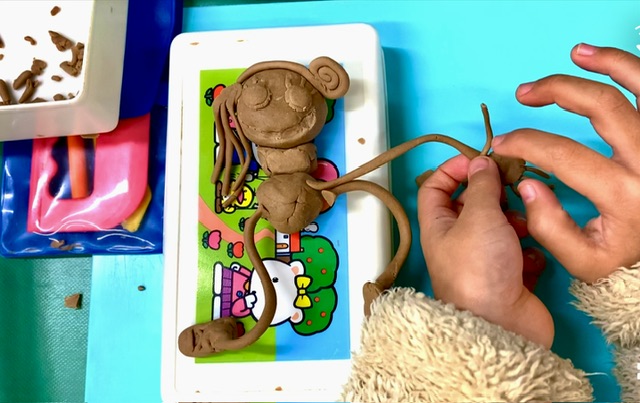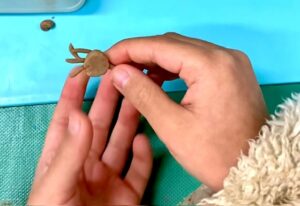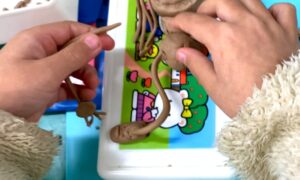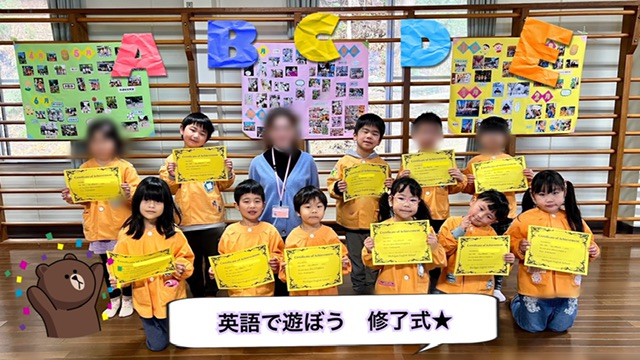









👧年長組の女の子が、粘土遊びをしていました。
「先生、見て」
手首に細工をつけているところ

そばに寄って、工程をみていると、
その手先の器用さに驚き‼️です
しかも、素早い 要領が良い
👧年長児の好きなキャラクターとか。
マミー〇〇〇レッグス
反対側の腕の
指を作っているところ

腕を取り付けるよ

✨✨両腕がついて出来上がり✨✨

あとで、検索してみたら、この粘土作品はキャラクターにそっくりでした👏
何にもみてなくても、どんどん作り上げていた
その子の再生能力の凄さに、
驚きが倍に😄
年少組から年間36回(開園日中1週間に1回)「英語で遊ぼう!」
の時間があります。
その「英語で遊ぼう!」も、年長組は今回で最終日を迎えました。
先生から賞状を手渡していただき、嬉しそうでした。
まだ幼稚園生のこどもたちですが、小さい頃から英語の音や外国人との触れ合いの機会を継続的に持ててきたことは、
語学のみならず、こどもたちの将来に良い影響を及ぼすことと思います。


Yes, Singapore’s early childhood education system stands out in several ways compared to other countries:
Bilingual Education – Unlike many Western countries that primarily focus on a single language, Singapore mandates bilingual education from an early age, requiring children to learn both English and their mother tongue (Mandarin, Malay, or Tamil).
Government Regulation & Support – The Early Childhood Development Agency (ECDA) oversees and standardizes preschool education, ensuring high-quality learning environments. In contrast, countries like the US and UK have a mix of public and private preschool systems with varying regulations.
Holistic & Play-Based Learning with Strong Academics – While Nordic countries like Finland focus almost entirely on play-based learning, Singapore integrates structured academics early, preparing children for its rigorous primary school system.
STEAM & Digital Literacy Focus – Singaporean preschools emphasize early exposure to Science, Technology, Engineering, Arts, and Mathematics (STEAM), as well as digital literacy, which is more advanced compared to many Asian countries.
Multicultural & Global Orientation – Due to its diverse population, Singaporean preschools expose children to multiple cultures, fostering global awareness—something that is less emphasized in more homogeneous countries like Japan or South Korea.
Overall, Singapore’s system uniquely blends rigorous academic preparation, bilingualism, government oversight, and global readiness, making it distinct from both Western and Asian early childhood education models.